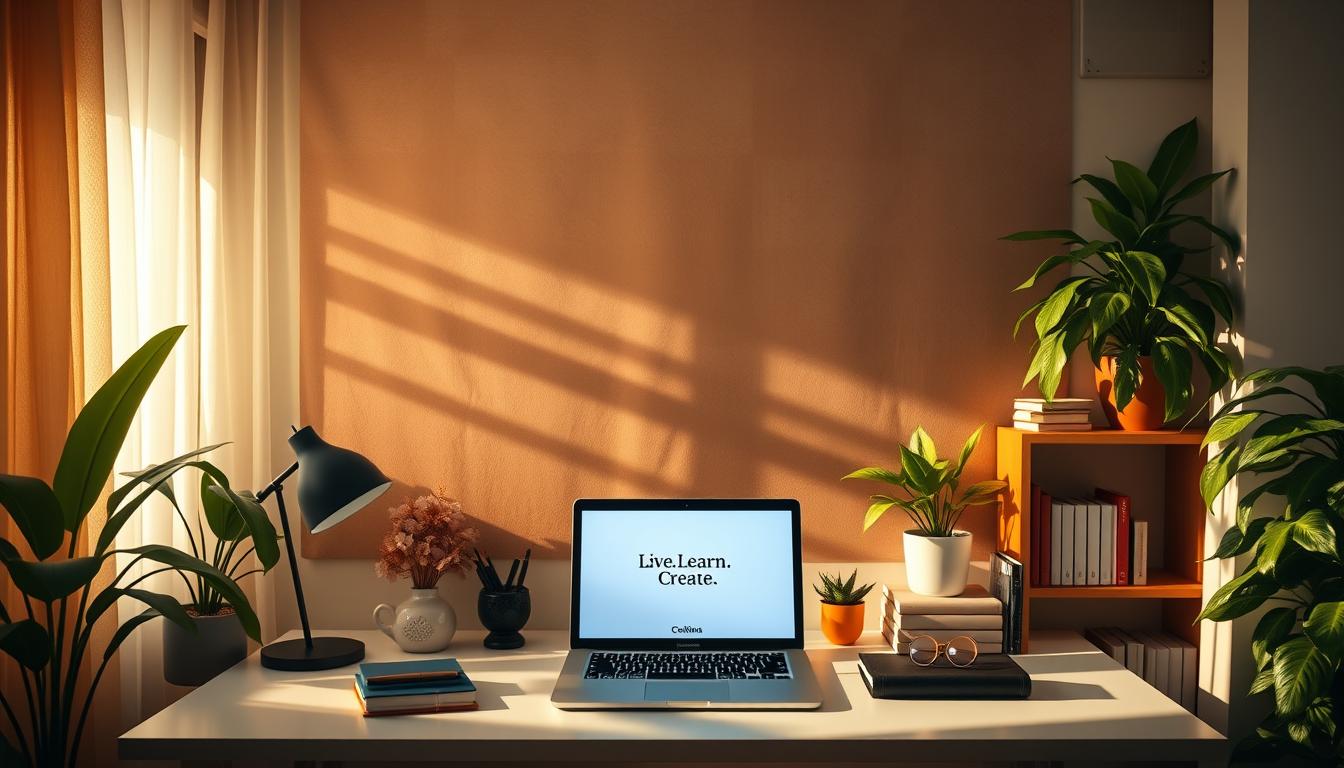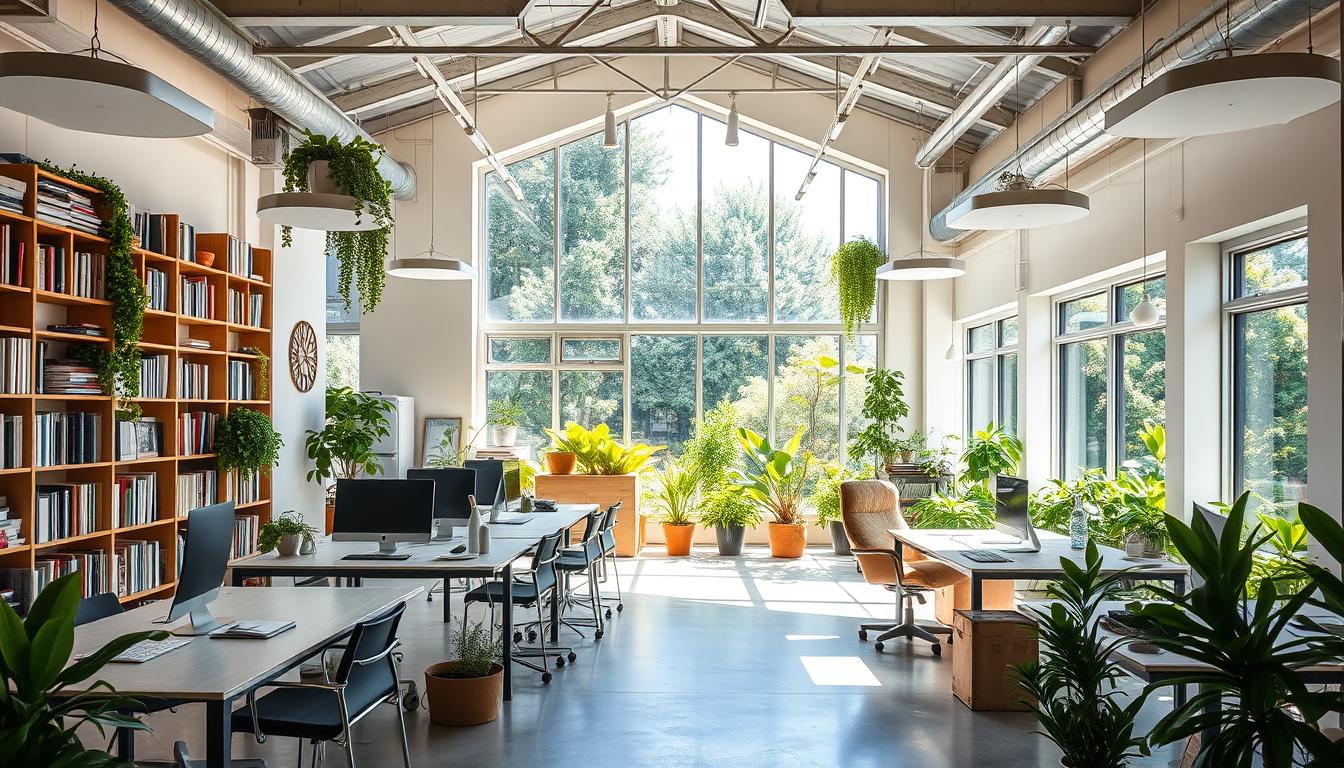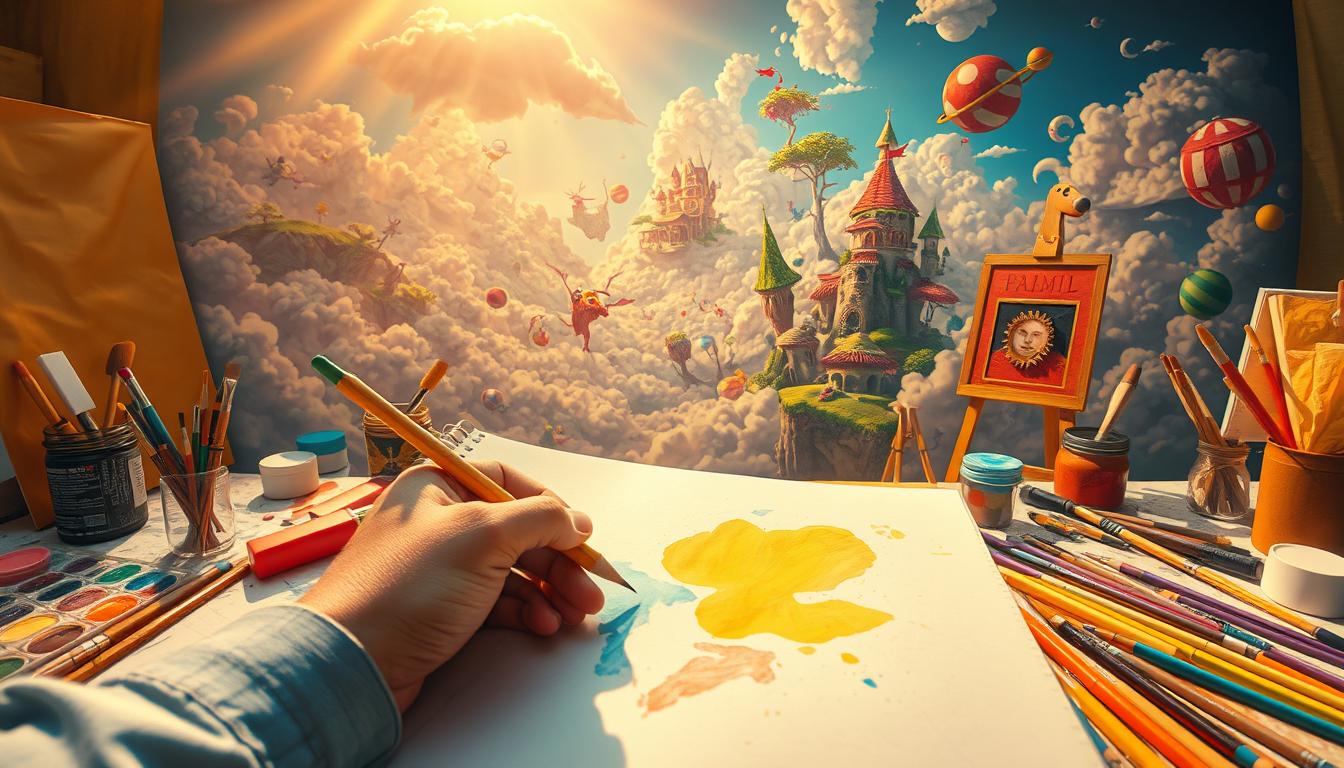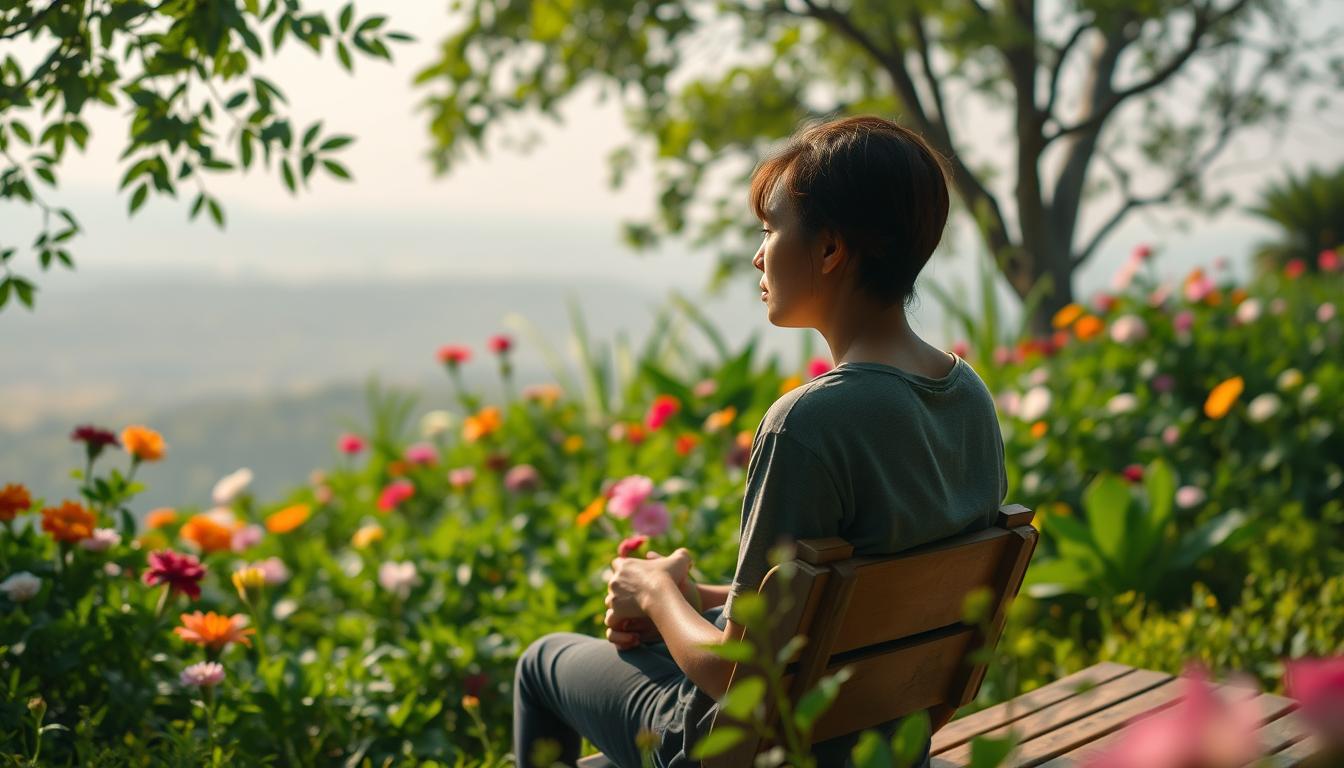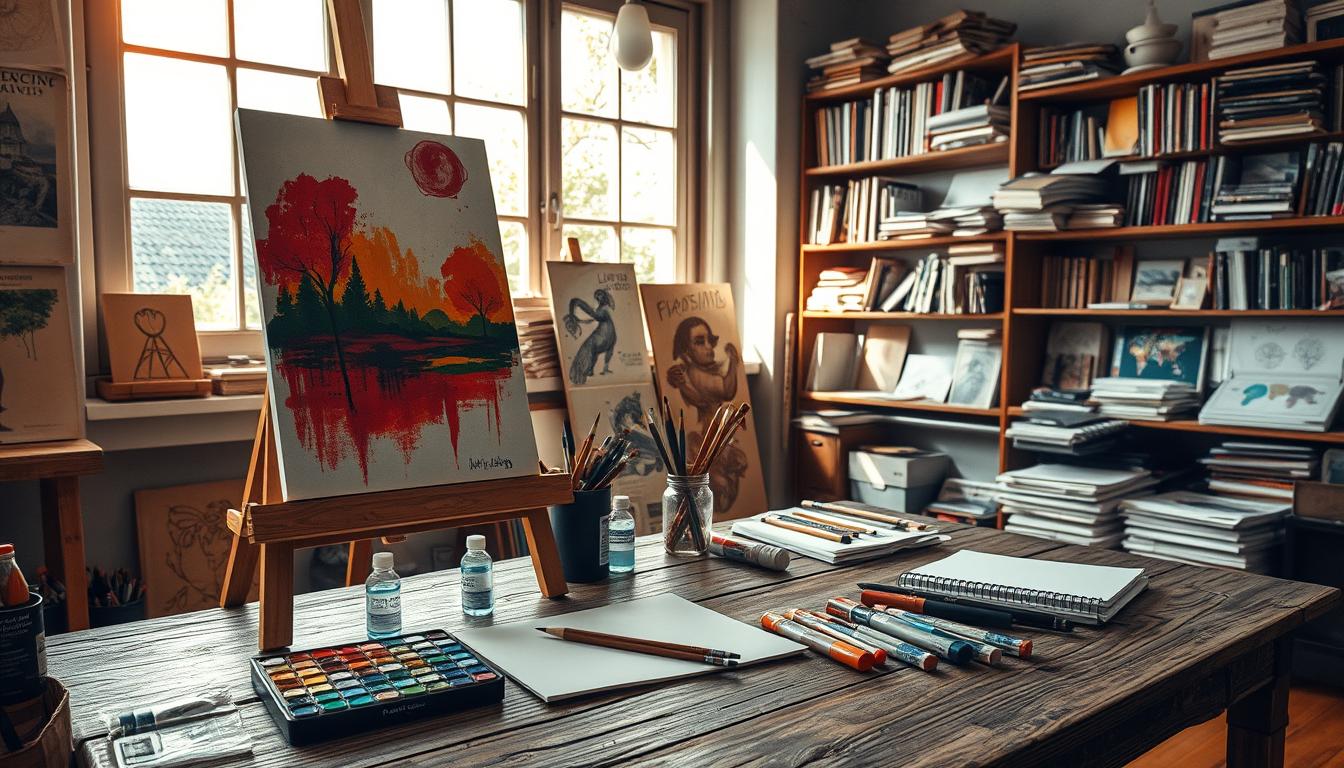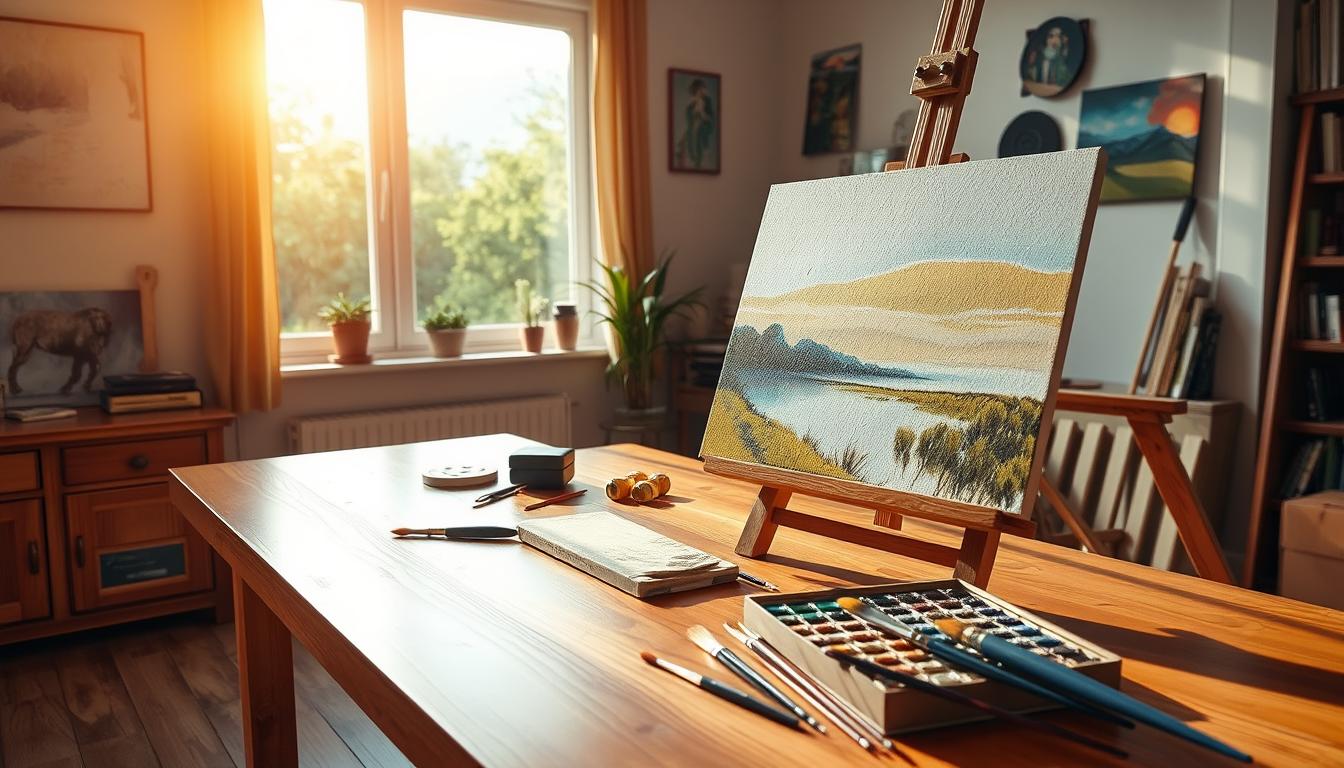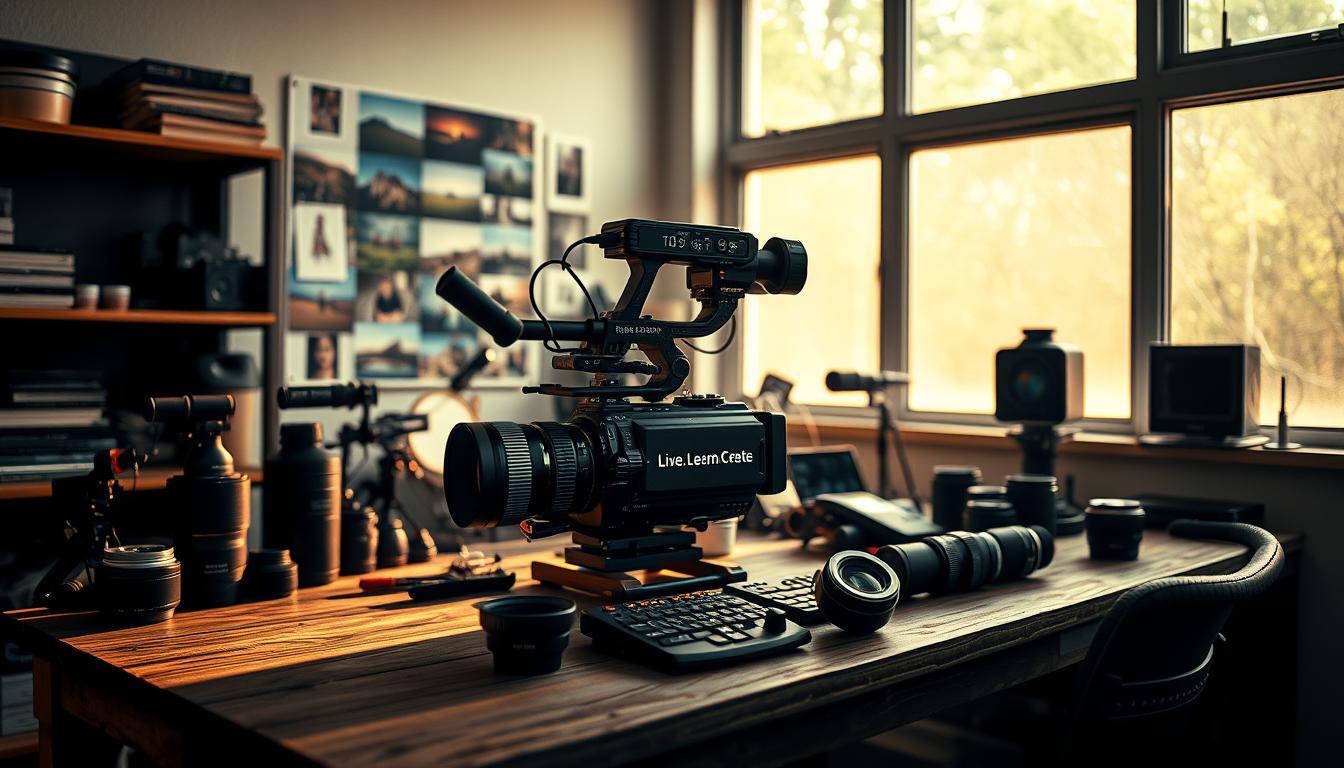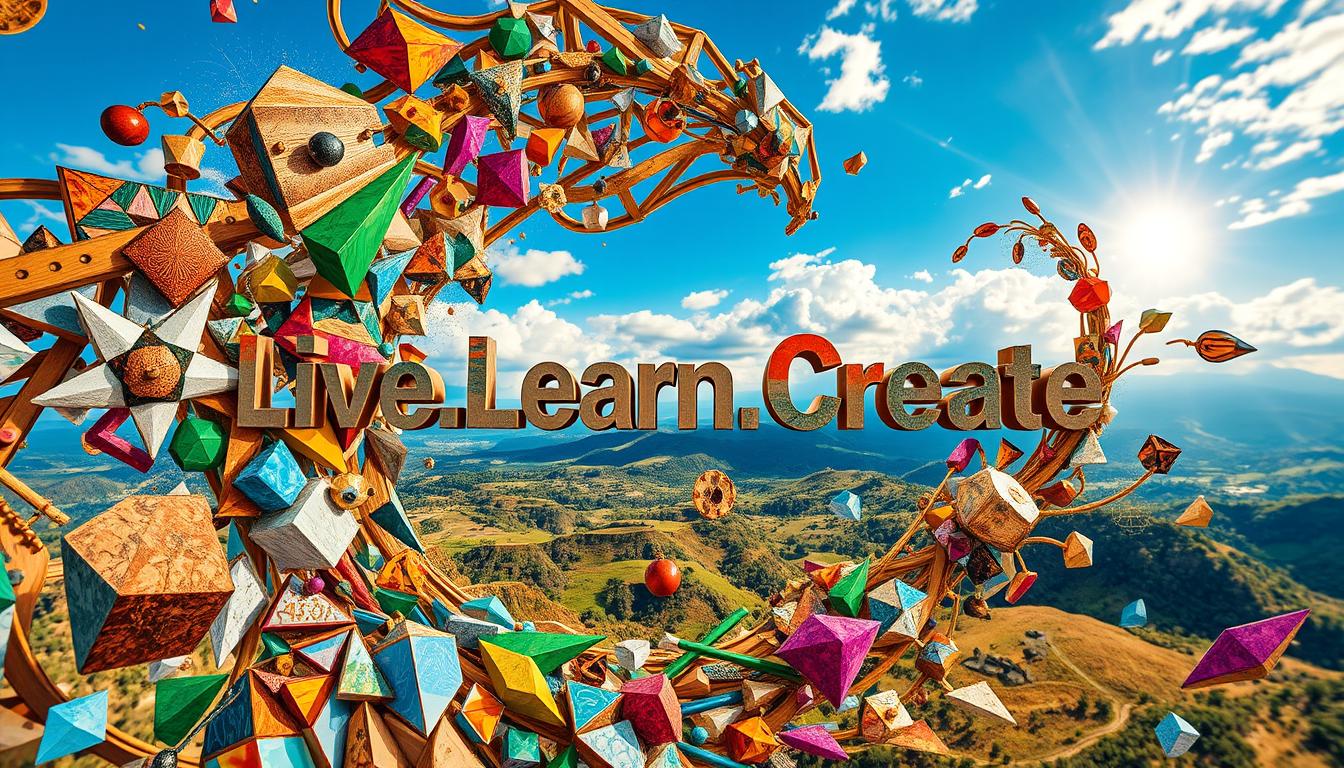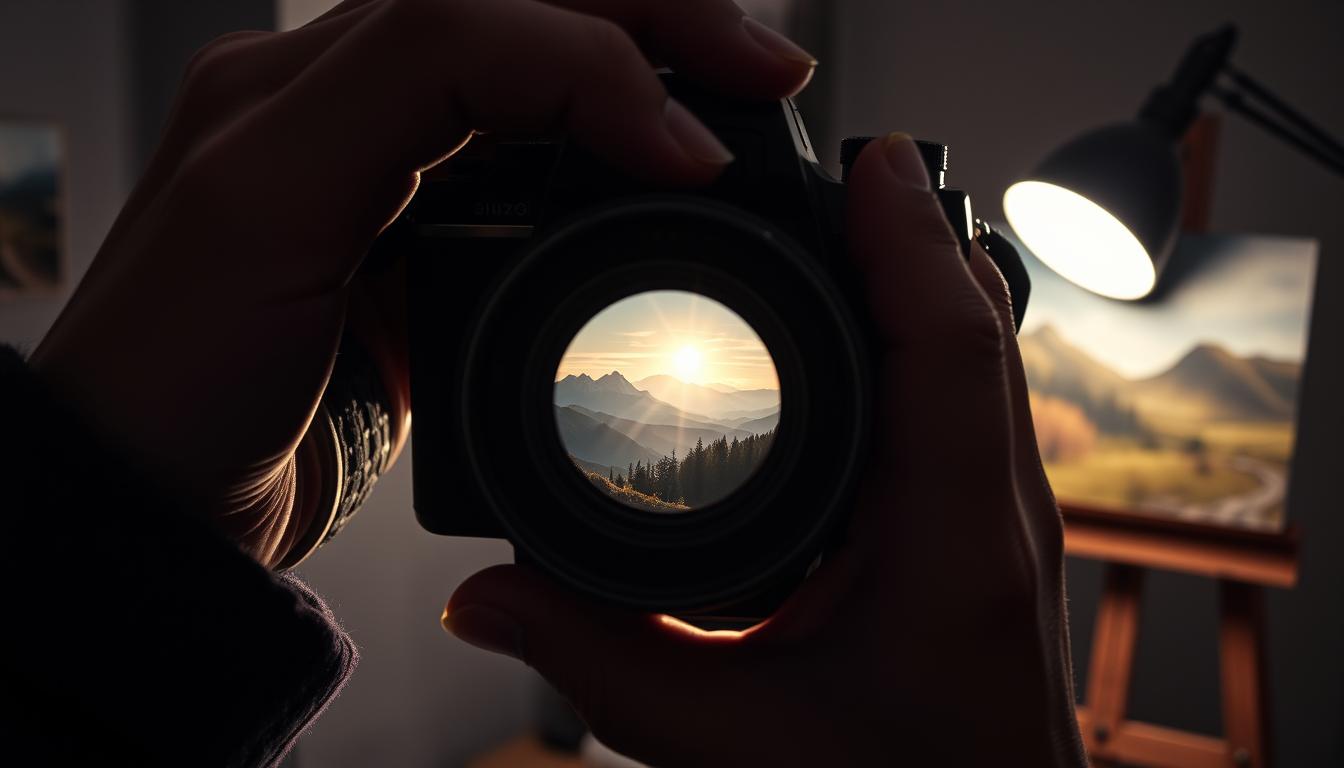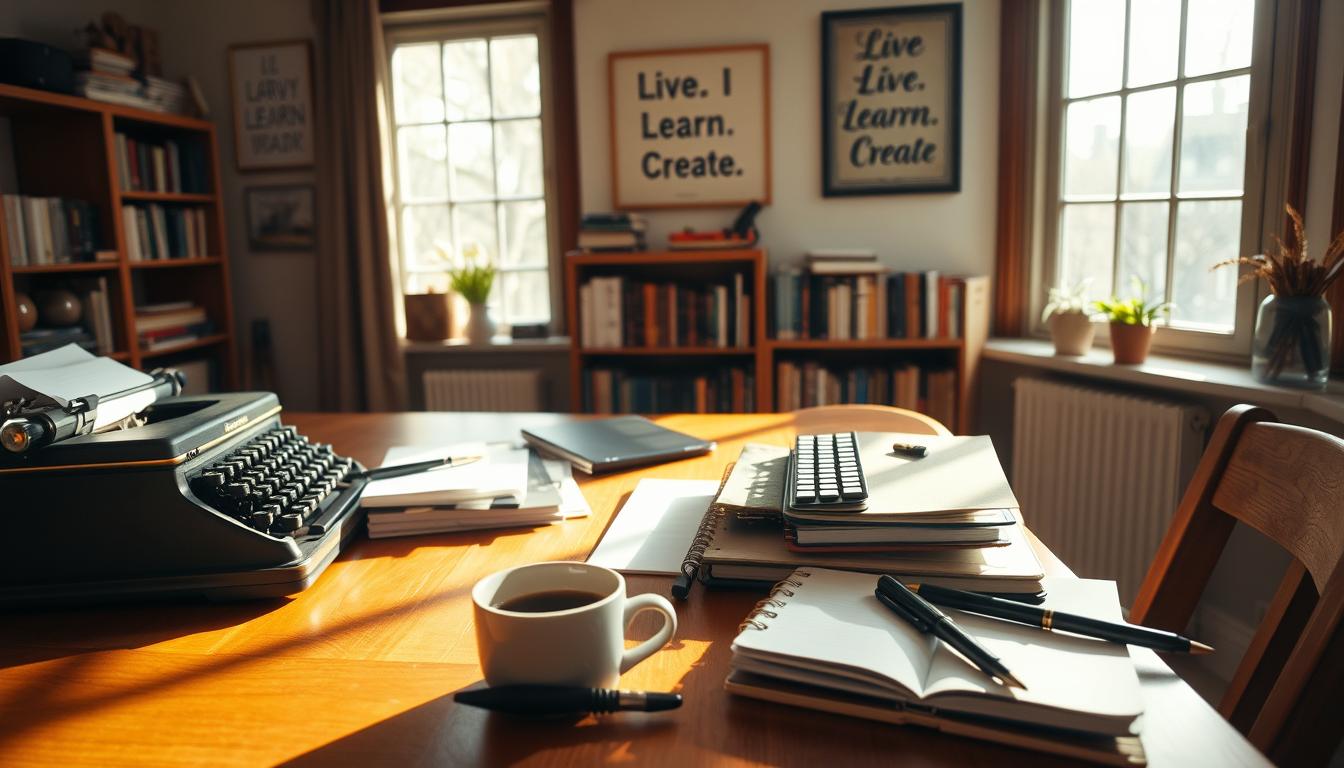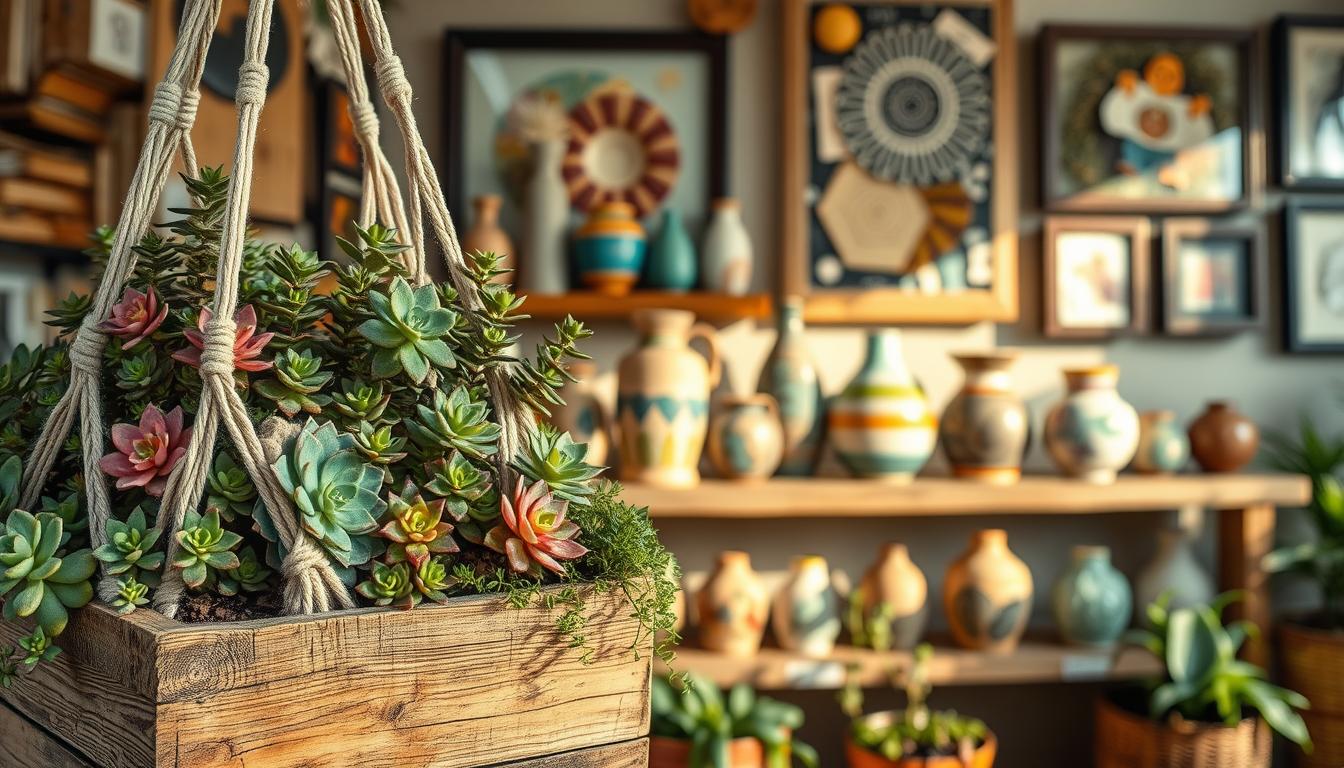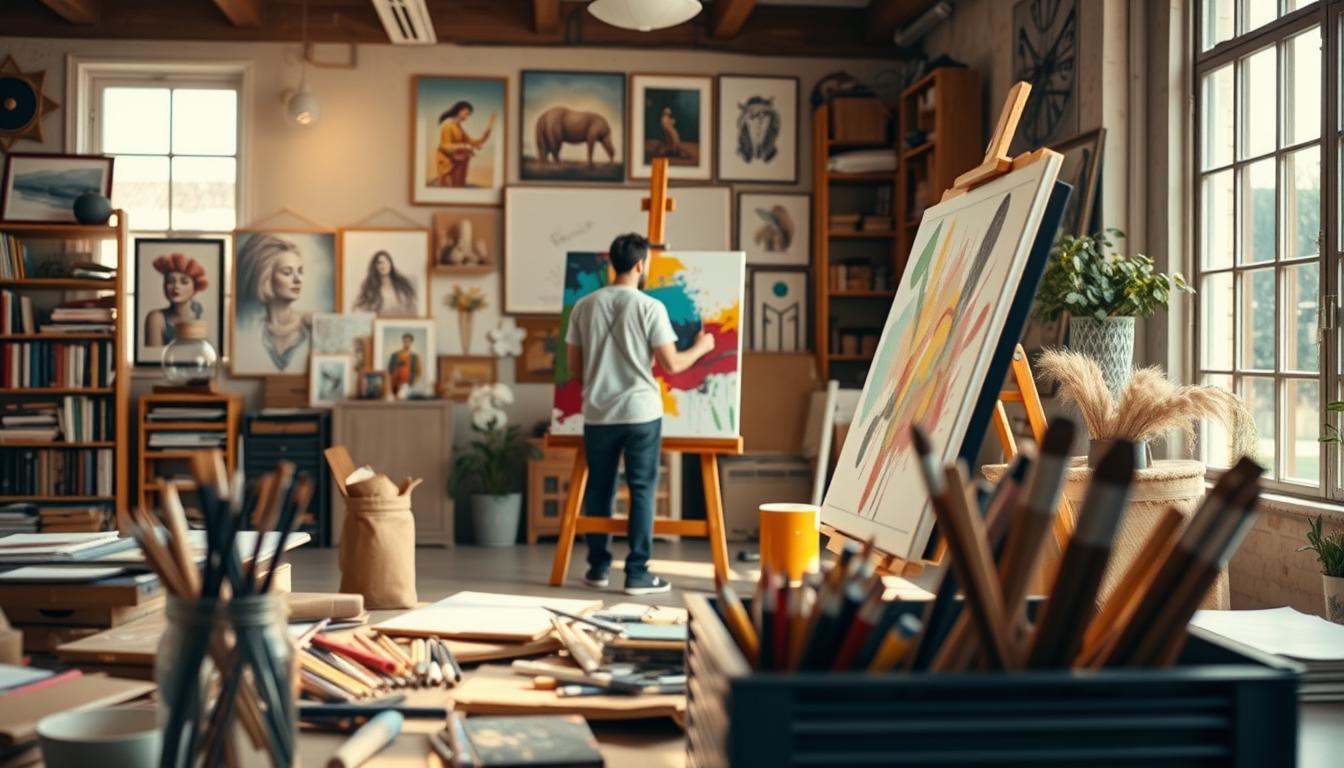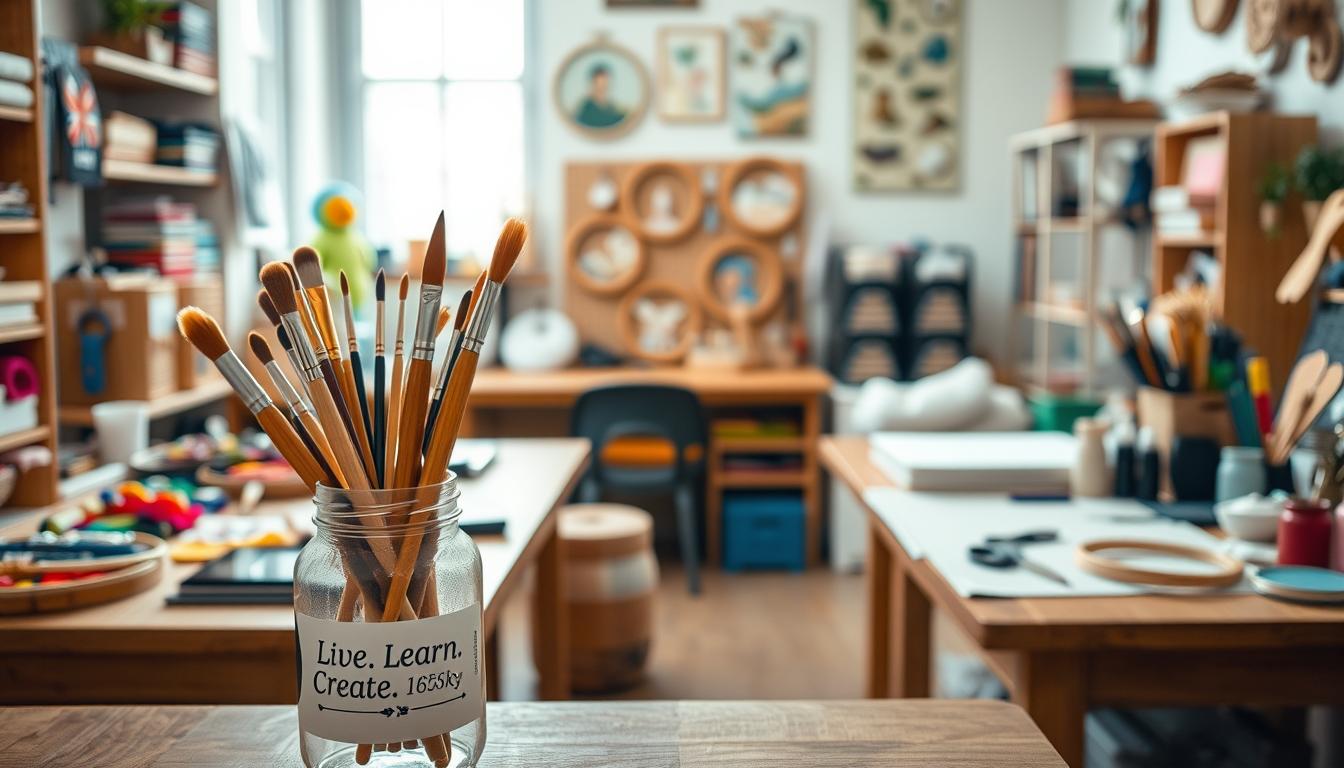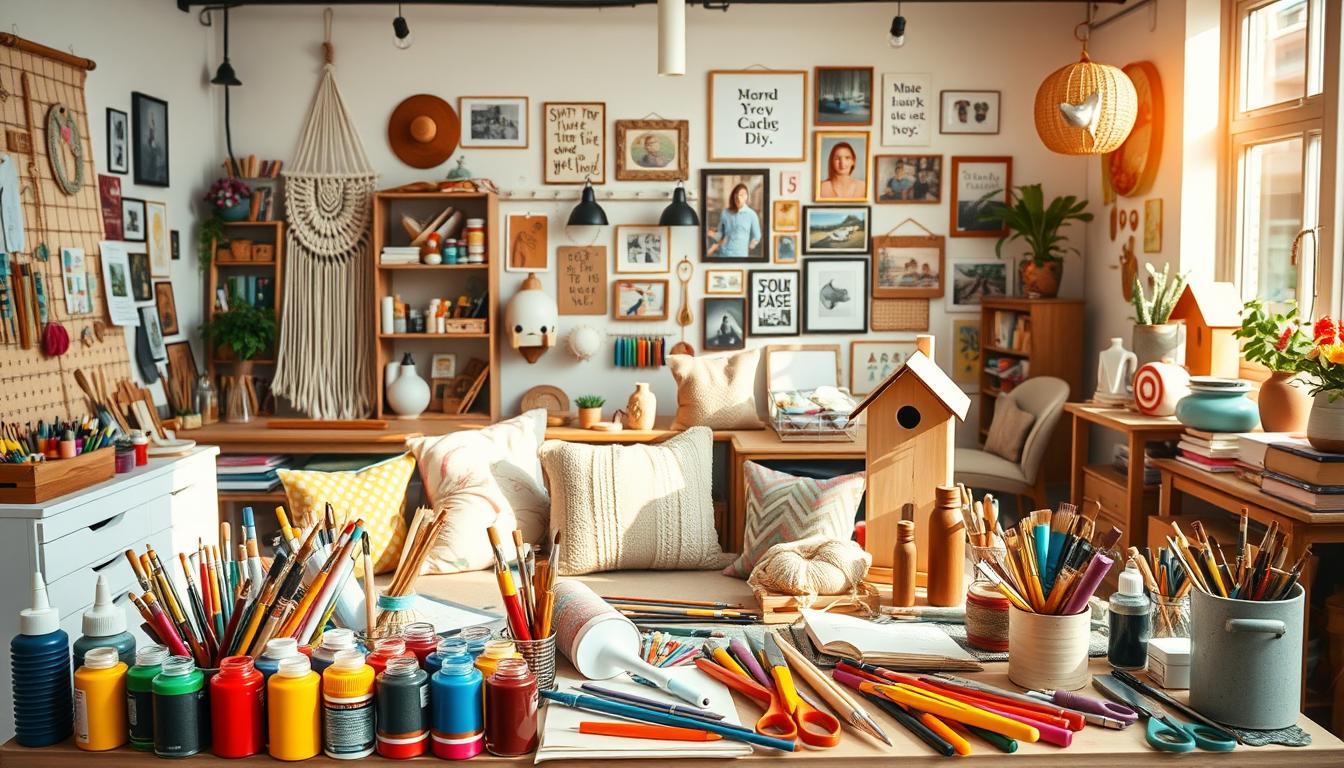Ever wondered why some spaces instantly spark ideas while others drain your energy? Your environment plays a surprising role in unlocking your creative potential—whether you’re solving daily problems or brainstorming new ways to thrive at work.
Creativity isn’t just for artists or inventors. As Psychology Today highlights, it’s a skill we all use to adapt, innovate, and maintain mental health. Small changes—like organizing your desk or adding inspiring touches—can rewire your brain for better practice and focus.
Need guidance? Carmen Galloway’s books (available on Barnes & Noble and Apple Books) and Udemy courses offer practical steps to transform any space into a creativity hub.
Key Takeaways
- Your workspace directly influences your ability to generate ideas.
- Creativity is a learnable skill, not an innate talent.
- Small environmental tweaks can boost mental clarity and innovation.
- Resources like books and courses provide structured pathways for growth.
- A well-designed space supports both productivity and mental well-being.
What Is CREATIVITY and Why Does It Matter?
From childhood play to corporate boardrooms, creative thinking fuels progress in unexpected ways. Linda Naiman defines it simply: “Turning imaginative ideas into reality.” But it’s more than paintbrushes or patents—it’s how we adapt, solve problems, and even thrive under pressure.
The Science Behind Creative Thinking
Your brain thrives on making unexpected connections. Studies show neural networks light up when we combine old ideas in new ways—like Maria Popova’s “combinatorial creativity” theory. George Land’s research reveals 98% of 5-year-olds score as creative geniuses, but only 2% of adults retain that spark.
Why? Psychology points to societal pressures that prioritize correctness over curiosity. Yet, IBM calls creativity the top leadership trait for 21st-century success. It’s not magic—it’s a muscle you can train.
Everyday Creativity vs. Groundbreaking Innovation
Ruth Richards’ concept of “everyday creativity” shows how small acts—like rearranging a room or testing a new recipe—build resilience. Contrast that with HP’s “Rules of the Garage,” where scrappy tinkering led to Silicon Valley breakthroughs.
Adobe found 80% of people see creativity as economically vital. Whether you’re crafting at the kitchen table or coding in a lab, creative behavior shapes society. Rollo May put it best:
“Creativity is the process of bringing something new into being—requiring passion and commitment.”
How Your Workspace Influences Creative Output
Color, light, and layout aren’t just decor—they’re tools for unlocking innovation. Robert Epstein’s research shows our surroundings trigger 40% of our creative potential. Like HP’s garage startup, where exposed beams and tool racks sparked tech revolutions, your space can fuel new ways of thinking.
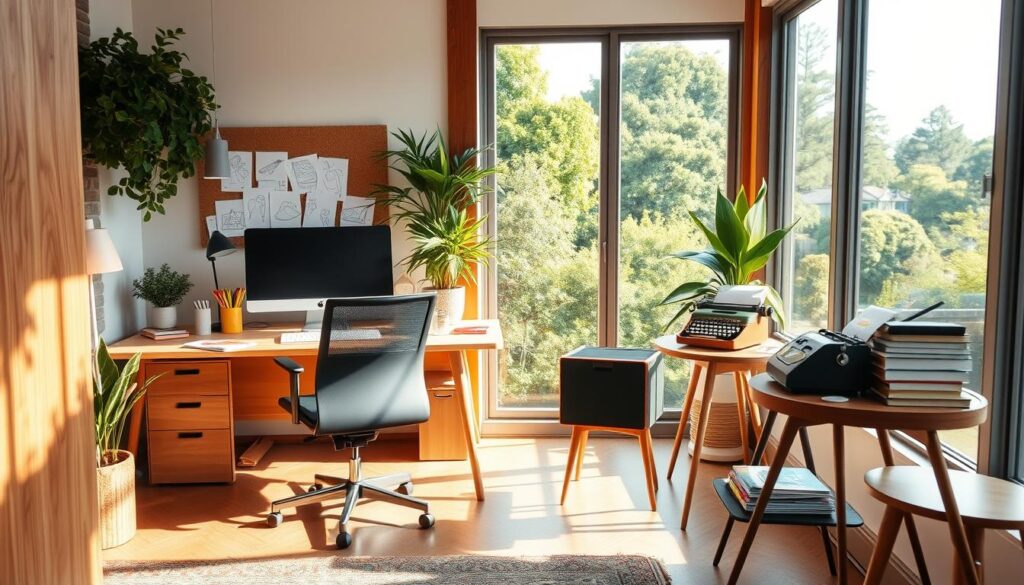
Essential Elements of an Inspiring Workspace
Soft blue walls boost cognitive flexibility by 15%, while warm lighting at 3000K aligns with circadian rhythms for peak focus. A standing desk isn’t just ergonomic—it signals your brain to stay active. Historical studios, like Georgia O’Keeffe’s, used sparse layouts to minimize distractions.
Try these sensory triggers:
- Textures: Rough notebooks for idea capture stations
- Scents: Peppermint oil for alertness during deep work
- Soundscapes: Coffee shop murmurs for solitary tasks
Lighting, Layout, and Psychological Triggers
Google’s campuses use open collaboration zones paired with soundproof pods—balancing behavior needs. For solo work, facing a window restores mental energy. Even small tweaks matter: A $20 pegboard organizes tools while doubling as visual inspiration.
As Epstein’s generativity theory proves, environments that feel psychologically safe—like Pixar’s “mistake-friendly” studios—yield 34% more ideas. Your space should whisper: “Try, fail, repeat.” No office overhaul needed—just intentional changes.
Fostering Creativity: Habits and Mindsets
What if your daily habits could unlock hidden creative potential? It’s not about grand gestures—small, intentional shifts in your routine and mindset can ignite innovation. Let’s explore how to build a practice that turns obstacles into opportunities.
The ABC-D Method (Always Be Connecting the Dots)
Richard Branson’s mantra—”Always Be Connecting the Dots”—reveals a truth: creativity thrives on linking different ideas. Clayton Christensen’s research shows innovators excel at cross-industry comparisons. Try this:
- Study how restaurants streamline service, then apply it to your workflow.
- Keep a “connection journal” to track unexpected parallels.
Morning rituals help too. Twyla Tharp starts her day with gym sessions to fuel associative thinking. As she says: “Rituals are the grooves that guide us.”
Overcoming Mental Blocks
Creative blocks aren’t failures—they’re part of the process. Elizabeth Gilbert’s “stubborn gladness” approach teaches us to greet frustration with curiosity. When stuck:
- Write a “failure resume” to reframe setbacks as lessons.
- Use Jeff Tweedy’s songwriting trick: set constraints (e.g., “only 3 chords”).
“Deadlines aren’t enemies—they’re collaborators.”
Remember, your potential grows when you honor both struggle and spontaneity.
Debunking Common Myths About Creativity
Have you ever felt held back by the idea that creativity is reserved for a select few? Society often paints it as a mystical gift—but research tells a different story. Let’s dismantle the false beliefs that limit our potential.
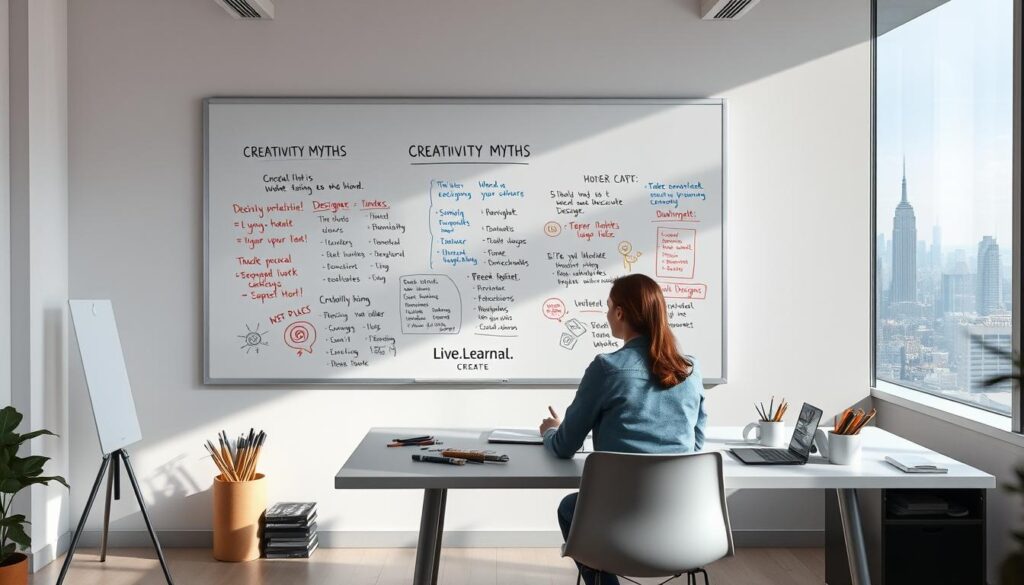
“Only Geniuses Are Creative” and Other False Beliefs
Exeter University’s study shattered the “born genius” myth, showing that highly creative individuals simply practice more. Mozart’s 16-year mastery timeline proves even prodigies need time. Yet, we glorify overnight success over persistence.
Consider these truths:
- Picasso’s famous quote—“It took me a lifetime to paint like a child”—highlights the years behind apparent spontaneity.
- The 10,000-hour rule varies: Edison’s 1,000 prototypes show progress beats perfection.
- Left-brain/right-brain stereotypes? Debunked by research on whole-brain thinking.
How Practice Outweighs Innate Talent
Stanford’s Carol Dweck found that confidence grows when we view skills as learnable. Historical female creators—like forgotten scientist Rosalind Franklin—were erased by biased narratives, not lack of talent.
Try this instead of waiting for inspiration:
- Embrace “deliberate practice“: focused, iterative improvement.
- Combat imposter syndrome by tracking small wins.
“The expert in anything was once a beginner.”
Neuroplasticity proves our brains adapt. Your next breakthrough might be one idea away—no genius required.
The Role of Mental Health in Creative Work
Mental health shapes how we create—and how creation shapes us. Whether you’re painting, problem-solving, or prototyping, your emotional state fuels the process. Research by Acar et al. (2021) shows that creative acts boost well-being, forming a two-way street between mental health and innovation.
Flow States and Emotional Well-Being
Ever lost track of time while working? That’s flow—a state of deep focus studied by Csikszentmihalyi. It’s linked to lower stress and higher satisfaction. To harness it:
- Align with circadian rhythms: Morning light boosts alertness for analytical tasks.
- Try trauma-informed art: Expressive writing reduces anxiety by 23% (Pennebaker, 1997).
| Time of Day | Creative Task | Mental Benefit |
|---|---|---|
| 7–9 AM | Strategic planning | Peak clarity |
| 12–2 PM | Collaborative work | Social energy |
| 4–6 PM | Freeform brainstorming | Divergent thinking |
Creativity as a Tool for Resilience
Van Gogh’s letters reveal a truth: creating helped him survive dark moments. Modern psychology agrees—ACT therapy uses art to build emotional agility. When facing blocks:
- Journal: Track patterns between mood and output.
- Normalize breaks: 72% of creators report burnout cycles (Adobe, 2022).
“Art washes away from the soul the dust of everyday life.”
Your experience matters. Honor it—not as a barrier, but as fuel.
Resources to Ignite Your Creative Potential
Books and courses aren’t just resources—they’re springboards for turning ideas into action. Whether you prefer flipping physical pages or interactive lessons, structured learning helps build a network of skills that compound over time. Let’s explore two powerful ways to fuel your growth.
Carmen Galloway’s Books on Barnes & Noble and Apple Books
The Barnes & Noble editions of Galloway’s work include workbook exercises that transform theory into practice. One reader doubled their output after completing the “Creative Habit Formation” chapters, applying techniques like:
- Morning intention mapping with colored pens
- Weekly “connection journals” to link different ideas
- Seasonal challenges to refresh perspectives
Apple Books users love the audiobook versions—perfect for kinetic learners who think best while moving. Preview chapters let you test Galloway’s approach ahead time before committing.
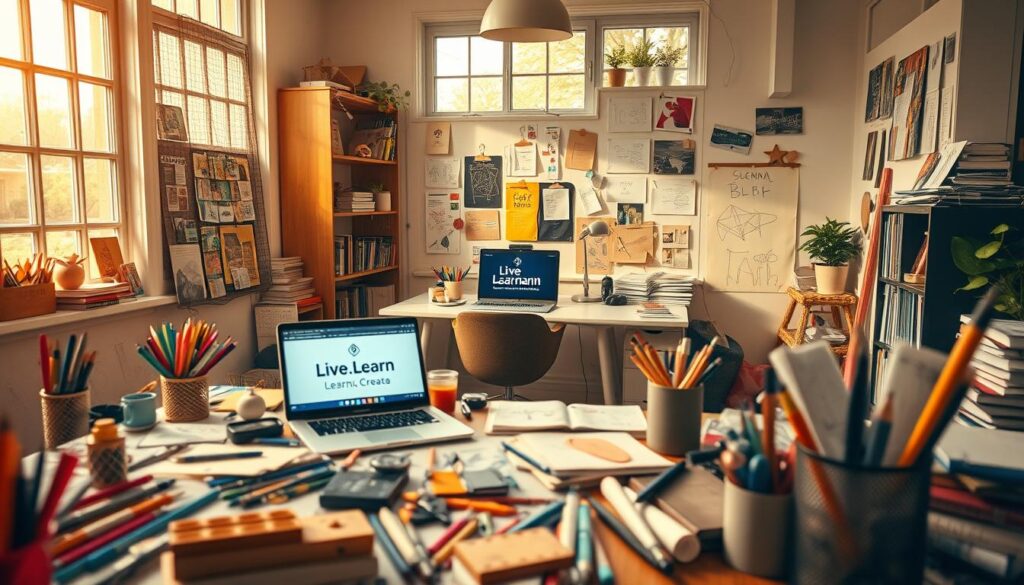
Carmen Galloway’s Udemy Courses for Structured Learning
Her Udemy courses mirror real-world processes, with modules progressing from foundational concepts to advanced frameworks. Students report:
- 42% faster problem-solving after the “Idea Cross-Pollination” unit
- Stronger collaboration skills through peer feedback exercises
- Customizable learning paths for various industries
One graphic designer landed three new clients by applying the “Creative Potential Blueprint” from Course 3. As Galloway notes: “The gap between inspiration and results disappears when you have the right tools.”
These resources work best when combined—read a chapter, then reinforce it with hands-on Udemy projects. Your network of skills will grow faster than you imagine.
Real-World Applications: Creativity in Action
From sticky notes to billion-dollar pivots, everyday creativity reshapes industries. Let’s explore how companies and individuals turn sparks of inspiration into tangible results—proving that innovation isn’t about grand gestures, but consistent practice.
Case Studies from Business and Art
Virgin Group’s ABC-D method transformed their brainstorming sessions. By requiring teams to connect ideas from unrelated fields (like aviation and hospitality), they developed their award-winning onboard bars. As Richard Branson notes:
“The best solutions come from unexpected connections—we train our people to look sideways, not just forward.”
Meanwhile, a local artisan market in Portland boosted sales by 140% using IDEO’s design thinking sprints. Their secret? Rapid prototyping with these steps:
- Morning “problem framing” sessions with customers
- Afternoon quick-build workshops using recycled materials
- Evening feedback loops with 5-minute pitch tests
Small Changes for Big Creative Wins
Pixar’s Braintrust meetings thrive on one rule: “No solutions, only questions.” This simple shift removes defensive work patterns and sparks better ways of thinking. You don’t need a Hollywood budget to apply similar principles:
- Post-it power: Use colored notes for “wild ideas” vs. “practical steps” columns
- Constraint exercises: Solve a problem using only office supplies
- Failure post-mortems: Analyze 3 past mistakes for hidden insights
As TikTok’s trend analysts show, viral content often starts with remixing old ideas. Their research team tracks how people adapt dance moves across cultures—proof that innovation lives in the everyday.
Conclusion: Your Creative Journey Starts Now
Your next breakthrough might be closer than you think—starting with today. A well-designed workspace and mindful work routines can unlock potential you didn’t know you had.
Begin small. Try one change this week—a brighter lamp, a clutter-free corner. Stack these tiny wins into a daily practice. As Carmen Galloway’s Udemy courses show, progress compounds.
Share your ideas with others. Join communities where lifelong creativity thrives. Remember, every innovator started where you are now.
Ready to begin? Grab Carmen’s books on Apple Books or dive into her courses. Your space—and your mental health—will thank you.
Explore a range of resources designed to enhance your creative skills. Whether you’re looking for inspiration or structured guidance, Carmen Galloway’s works provide valuable insights into the creative process.
Join interactive courses that challenge you to think differently and expand your creative horizons. Each course is crafted to help you develop a robust creative mindset.
FAQ
How does my workspace affect my ability to think differently?
Your environment shapes your mindset. Natural light, organized spaces, and personal touches help reduce stress and encourage fresh ideas.
Can anyone develop their potential for new ideas?
Absolutely! Research shows that practice and openness matter more than innate talent. Small daily habits build confidence over time.
What’s the connection between emotional well-being and making things?
A healthy mind fosters better problem-solving. Studies link positive moods with increased flexibility in thinking—key for breakthroughs.
Are there quick ways to spark inspiration when feeling stuck?
Try short walks or switching tasks. Even 10 minutes away from your desk can reset your brain and reveal unexpected connections.
Where can I find trusted resources to grow my skills?
Carmen Galloway’s books on Barnes & Noble and Udemy courses offer structured approaches—from beginner techniques to advanced methods.
Transform your home into a more peaceful and mindful sanctuary. Creating a Zen-inspired home environment is a core part of the “Live.Learn.Create” theme, focusing on peace, mindfulness, and a clutter-free space. Here is a curated list of Zen home items.
The Zen Essentials
These items are the building blocks of a calm, intentional living space.
- Candles & Scents:
- Scented Candles: Look for calming, natural scents like sandalwood, lavender, white tea, or bergamot. Choose candles made with soy or beeswax for a clean burn.
- Essential Oil Diffusers: A minimalist, sleek diffuser made of bamboo, ceramic, or glass.
- Essential Oil Sets: Look for blends specifically for relaxation, focus, or sleep.
- Incense & Burners: Natural incense sticks (e.g., palo santo, sage) with a simple, elegant burner.
The Zen Decor
This is about incorporating natural elements and simple design.
- Natural Materials:
- Wood or Bamboo Trays: For organizing candles, stones, or other small items.
- Ceramic Vases: Simple, unglazed ceramic vases in neutral colors like white, beige, or gray.
- Minimalist Art: Simple line drawings, abstract prints, or nature-inspired artwork.
- Hand-Carved Stone Coasters: Or other small stone sculptures.
- Textiles:
- Linen or Cotton Throws: A soft, neutral-colored throw blanket to add warmth.
- Jute or Sisal Rugs: These add natural texture and grounding to a space.
- Meditation Cushions (Zafu) & Mats (Zabuton): These provide comfort for meditation and add a serene touch to a room.
The Zen Ambiance
These items help create a peaceful sensory experience.
- Lighting:
- Himalayan Salt Lamps: These provide a warm, soft glow.
- Japanese-style Paper Lanterns: For a soft, diffused light source.
- Dimmable Smart Bulbs: To easily control the warmth and brightness of your lighting.
- Sound:
- Tabletop Water Fountains: The gentle sound of running water is incredibly calming.
- Wind Chimes: Made from natural materials like bamboo or metal for a soft sound.
- Bluetooth Speakers: Small, aesthetically pleasing speakers for playing ambient or meditation music.
- Nature:
- Bonsai Trees or Air Plants: Low-maintenance indoor plants that bring life and a touch of nature indoors.
- Zen Gardens: A small, tabletop sand garden with a rake and stones for a meditative ritual.
- Decorative Rocks & Pebbles: For bowls or as a decorative element.
Best Sellers https://amzn.to/3Vet1tI
New Releases https://amzn.to/4mwLjTi
Amazon Movers & Shakers https://amzn.to/4fPsZlP
Mindfulness Coloring Books https://amzn.to/4fQ0wMx
Personal Growth Coloring Books https://amzn.to/4lJeRf0
Health & Wellness https://amzn.to/4oRt24C
Zen Home Decor https://amzn.to/3VeA3i6
Zen Garden Decor https://amzn.to/4mXjT8D
Zen Garden https://amzn.to/3HQTVVB
- Mindfulness & Meditation:
- Physical Wellness:
- Habit & Productivity Tools:
- Books:
- Best-selling personal development books (Mindset, The 7 Habits of Highly Effective People, The Subtle Art of Not Giving a F*ck)
- Books on a variety of skills (coding, photography, writing.)
- Educational Gadgets:
- Smart pens that digitize notes (e.g., Rocketbook)
- Portable scanners for digitizing documents
- Laptops, tablets, and accessories
Create (Creativity, Innovation, Projects)
These products cater to your creative side, whether you are a artists, writer, or DIY enthusiasts.
- Creative Supplies:
- Adult coloring books or “paint-by-sticker” books
- Craft kits (e.g., candle-making, pottery, embroidery)
- Digital Creation Tools:
- General Inspiration & Making:

